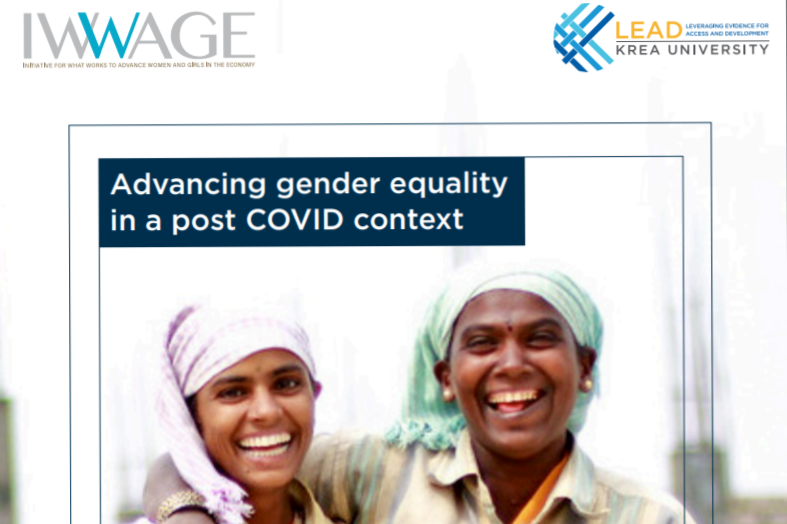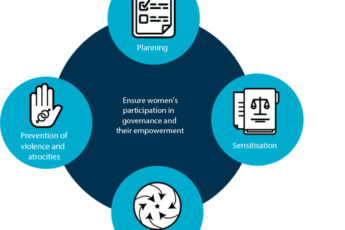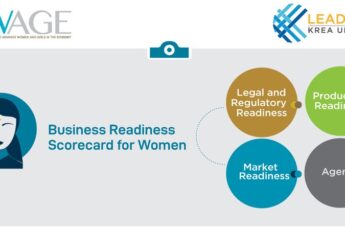Women in State Policies Series
Over the years, the Indian state has put in place several schemes and programmes that either directly, or indirectly, target women and girls and address a range of outcomes. These outcomes are linked to various critical dimensions needed for advancing gender equality and that would result in social, political and economic empowerment of women. Some of the aspects that have been prioritised so far in India, have included enhancing livelihood and employment opportunities for women; their financial and digital inclusion; improving health and nutrition outcomes for women and adolescent girls by ensuring food security and maternity entitlements; increasing school enrolment of girls and building their skills through several vocational training programmes; focusing on prevention of violence against women; and finally programmes to improve women’s access to basic amenities like water, sanitation, housing, electricity, clean fuel, and childcare facilities. The union and state governments in India have been working towards ensuring that such schemes and policies are designed using a gender lens and allocated budgets are outcome-focused. However, what is absent is a rigorous, evidence-informed debate on what works for women.
While information about policies, schemes and programmes targeting women and girls exists across various government platforms and publicly available repositories, there have been few concerted efforts to synthesize and map them. This has been particularly challenging when it comes to individual states, where no such focused mapping exists. The IWWAGE Policies and Programmes for Women and Girls in India series presents a mapping of schemes and policies that exist at the state level targeted at women and girls, and show thereby, state intention of addressing one or more key outcomes to advance gender equality. Presenting, first in the series, Bihar.





